Be Active for Life Once You Understand 'Physical Literacy'

[caption id="attachment_20056" align="alignright" width="351"] 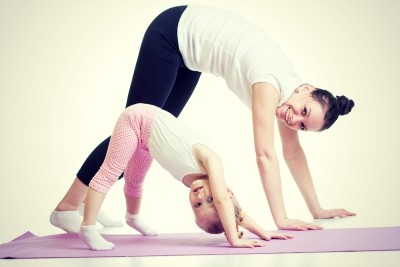 Physical Literacy starts at home[/caption]
Physical Literacy starts at home[/caption]
Raising active kids is a goal most parents share.
In reality, it’s a lot easier to just say “go be active” than it is to actually do it. Kids have many distractions and a variety of things that conspire to keep them sedentary, but helping them develop physical literacy is like vaccinating them against inactivity. Here’s how it works...
[divider style="dashed" top="10" bottom="10"]
[box type="note" align="aligncenter" class="" width=""]
A note from Coach Moose:
Some of you may have heard me talking more about physical literacy lately.
I know this is a term not everyone is familiar with but I believe that it is a key ingredient to raising active kids. Those of us who are very active, involved in sports or fitness, and likely to prioritize physical activity in our families need to understand what physical literacy is. And we need to know that helping our children develop physical literacy will make them full, well-rounded people. I invited Richard Monette, editor-in-chief of Active for Life, to explain the concept so we can all learn a little more about it.
For more information and for more great inspirational stories, visit Active for Life.
PLAYGROUND FITNESS WITH DAI MANUEL [/box]
[tweet_box inject="#AfL " float="right" width="40%" design="box_5"]Physical literacy is one simple solution to help kids become more active, healthy, and successful for life.[/tweet_box]
The term “ physical literacy ” may sound intimidating, but it’s a simple concept. It starts with developing the fundamental movement skills that all children need, such as running, hopping, throwing, catching, and jumping. These movement skills in turn give kids the confidence to take part in different physical activities, sports, and games.
Think of it in the same way you’d help a child learn to speak by talking, reading, and singing to her from an early age. The same is true of learning to move with confidence. It doesn’t require special equipment or training, just a bit of awareness and the simple and natural want to give your kid the right building blocks from the start.
Kids develop a host of fundamental physical skills through play and as we all know nothing is more fun than playing. Developing physical literacy is not just another thing to check off the list. It requires nothing more than what most parents want to do anyway: spending a bit of time with their children doing activities they enjoy.
My wife and I especially loved being there as our kids celebrated everyday milestones like zipping across the monkey bars, throwing a frisbee clear across a field, or kicking a ball over a fence. Sometimes we threw the frisbee or kicked the ball around with them, other times we let them climb, explore, and take risks all on their own.

Now that they are 12 and 14 our reward has been witnessing our kids grow their movement skills, their confidence, and their love of being active. The bonus is that we don’t need to send them outside to play; they go on their own. They are also pretty good at playing video games. But that’s not the only thing they do.
In the past, kids developed physical literacy through school PE classes and regular active play. But both of these things have declined in recent years. As a result, many kids aren’t getting the chance to develop their physical literacy. This is why we need to help make it happen as parents.
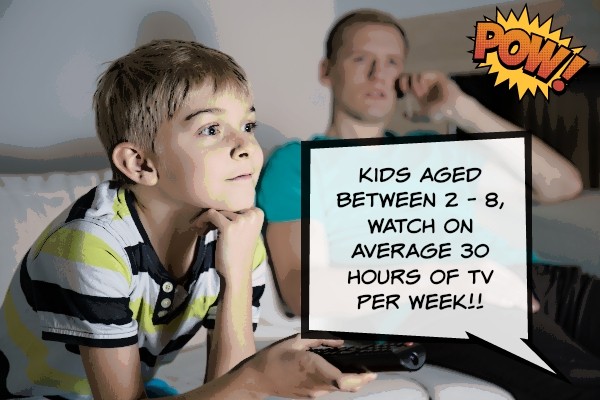
The reality is that kids today are exactly like we were. They like to do the things they are good at. The difference is that some of us became experts at outdoor games like “kick the can”, “cops and robbers”, and “scrub baseball”, while kids today tend to become masters of things like Instagram and Snapchat and video games such as Minecraft.
Physical literacy is essential today because the outdoor games and activities that filled our childhood and helped us develop movement skills have been replaced by more screen time and inactivity in general.
[caption id="attachment_20063" align="alignright" width="400"] Active Families are Happy Families![/caption]
Active Families are Happy Families![/caption]
Children who are physically literate will be more confident to play games, and they will have more fun playing because they know how to run, jump, throw, and all the rest.
A big part of raising a physically literate child is introducing them to multiple sports and physical activities. This way they develop a whole host of skills and learn to enjoy moving their bodies in many ways. What’s great about that — besides avoiding the overuse injuries and burnout often associated with early sport specialization — is that your child will become someone who will continue being active because they have so many choices of ways to do so. They become athletes ; they become players for life.
For starters, try to carve out some time each day to play with your kids. It’s just like reading with them: reading to your kids develops their love of books, and playing with your kids develops their love of movement and play. Physical literacy is no different. Activities and games are to physical literacy what nursery rhymes are to language: a fun and simple way for your child to develop the skills they need.
That’s why it’s important to lay an early foundation for physical literacy by helping your baby reach all those important physical milestones, incorporating physical activity into the fabric of your family right from the beginning, and then building on that foundation with lots of structured, and unstructured play.
If your kids are past the baby and toddler age, it’s never too late to get started. Here’s a helpful way to know if they may need to work on some of their skills to improve their physical literacy.
If your kids learn to make movement and play a part of their day when they are young, it will become a natural part of their lives as they get older. And don’t worry if you don’t know exactly how to get started — that’s where we come in.
Active for Life has activities , games, articles, and more — for parents of infants to preteens — that can help you get started on developing physical literacy with your children. We’re here to support you on your physical literacy journey.
It ’ s just a hop, skip, and jump away.
[divider style="dashed" top="15" bottom="15"]
Richard is the publisher and editor-in-chief of Active for Life. He's a “renaissance man” specializing in the quest for human achievement and fulfillment. His professional activities span the disciplines of business, sport psychology and education. He is part of the B2ten leadership team and leads the Active for Life initiative. Richard is married and the proud "papa" of a 12 year-old boy and a 14 year-old girl. Follow Richard on Twitter, @MonetteRichard.
[divider style="solid" top="15" bottom="15"]
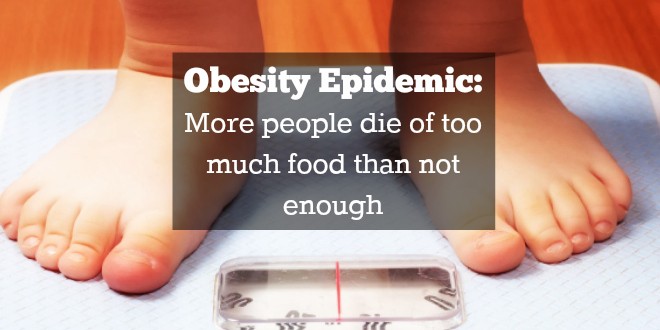


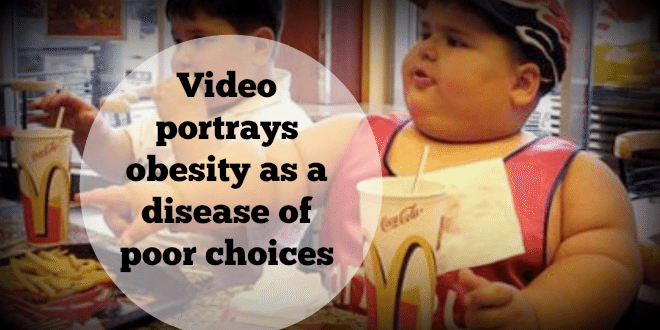
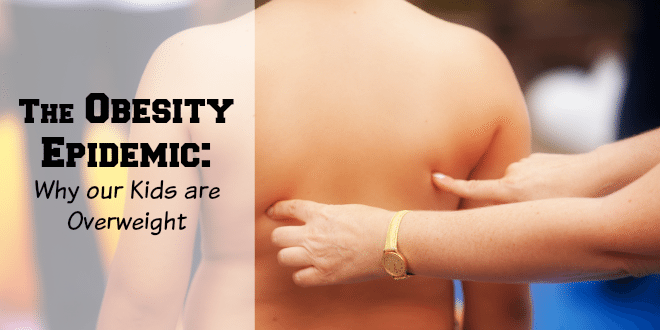
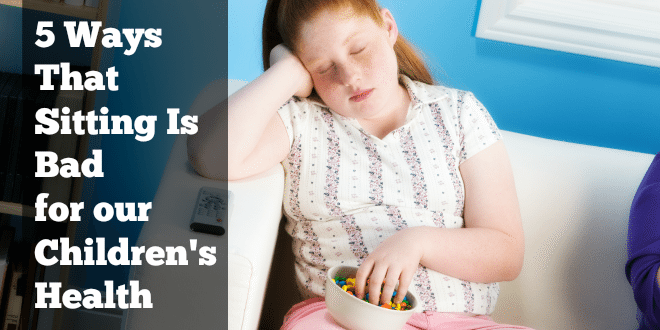
 Physical Literacy starts at home[/caption]
Physical Literacy starts at home[/caption]Raising active kids is a goal most parents share.
In reality, it’s a lot easier to just say “go be active” than it is to actually do it. Kids have many distractions and a variety of things that conspire to keep them sedentary, but helping them develop physical literacy is like vaccinating them against inactivity. Here’s how it works...
[divider style="dashed" top="10" bottom="10"]
[box type="note" align="aligncenter" class="" width=""]
A note from Coach Moose:
Some of you may have heard me talking more about physical literacy lately.
I know this is a term not everyone is familiar with but I believe that it is a key ingredient to raising active kids. Those of us who are very active, involved in sports or fitness, and likely to prioritize physical activity in our families need to understand what physical literacy is. And we need to know that helping our children develop physical literacy will make them full, well-rounded people. I invited Richard Monette, editor-in-chief of Active for Life, to explain the concept so we can all learn a little more about it.
For more information and for more great inspirational stories, visit Active for Life.
PLAYGROUND FITNESS WITH DAI MANUEL [/box]
5 Things Everyone Needs to Know to Understand " Physical Literacy "
1. Physical literacy is less complicated than it sounds
[tweet_box inject="#AfL " float="right" width="40%" design="box_5"]Physical literacy is one simple solution to help kids become more active, healthy, and successful for life.[/tweet_box]
The term “ physical literacy ” may sound intimidating, but it’s a simple concept. It starts with developing the fundamental movement skills that all children need, such as running, hopping, throwing, catching, and jumping. These movement skills in turn give kids the confidence to take part in different physical activities, sports, and games.
Think of it in the same way you’d help a child learn to speak by talking, reading, and singing to her from an early age. The same is true of learning to move with confidence. It doesn’t require special equipment or training, just a bit of awareness and the simple and natural want to give your kid the right building blocks from the start.
2. Physical literacy is fun (and not more work for parents)
Kids develop a host of fundamental physical skills through play and as we all know nothing is more fun than playing. Developing physical literacy is not just another thing to check off the list. It requires nothing more than what most parents want to do anyway: spending a bit of time with their children doing activities they enjoy.
My wife and I especially loved being there as our kids celebrated everyday milestones like zipping across the monkey bars, throwing a frisbee clear across a field, or kicking a ball over a fence. Sometimes we threw the frisbee or kicked the ball around with them, other times we let them climb, explore, and take risks all on their own.

Now that they are 12 and 14 our reward has been witnessing our kids grow their movement skills, their confidence, and their love of being active. The bonus is that we don’t need to send them outside to play; they go on their own. They are also pretty good at playing video games. But that’s not the only thing they do.
3. Physical literacy is essential in today’s world
In the past, kids developed physical literacy through school PE classes and regular active play. But both of these things have declined in recent years. As a result, many kids aren’t getting the chance to develop their physical literacy. This is why we need to help make it happen as parents.

The reality is that kids today are exactly like we were. They like to do the things they are good at. The difference is that some of us became experts at outdoor games like “kick the can”, “cops and robbers”, and “scrub baseball”, while kids today tend to become masters of things like Instagram and Snapchat and video games such as Minecraft.
Physical literacy is essential today because the outdoor games and activities that filled our childhood and helped us develop movement skills have been replaced by more screen time and inactivity in general.
[caption id="attachment_20063" align="alignright" width="400"]
 Active Families are Happy Families![/caption]
Active Families are Happy Families![/caption]4. Physical literacy means your kids will be more active
Children who are physically literate will be more confident to play games, and they will have more fun playing because they know how to run, jump, throw, and all the rest.
A big part of raising a physically literate child is introducing them to multiple sports and physical activities. This way they develop a whole host of skills and learn to enjoy moving their bodies in many ways. What’s great about that — besides avoiding the overuse injuries and burnout often associated with early sport specialization — is that your child will become someone who will continue being active because they have so many choices of ways to do so. They become athletes ; they become players for life.
5. What you can do
For starters, try to carve out some time each day to play with your kids. It’s just like reading with them: reading to your kids develops their love of books, and playing with your kids develops their love of movement and play. Physical literacy is no different. Activities and games are to physical literacy what nursery rhymes are to language: a fun and simple way for your child to develop the skills they need.
That’s why it’s important to lay an early foundation for physical literacy by helping your baby reach all those important physical milestones, incorporating physical activity into the fabric of your family right from the beginning, and then building on that foundation with lots of structured, and unstructured play.
If your kids are past the baby and toddler age, it’s never too late to get started. Here’s a helpful way to know if they may need to work on some of their skills to improve their physical literacy.
If your kids learn to make movement and play a part of their day when they are young, it will become a natural part of their lives as they get older. And don’t worry if you don’t know exactly how to get started — that’s where we come in.
Your next step? Check out Active For Life website
Active for Life has activities , games, articles, and more — for parents of infants to preteens — that can help you get started on developing physical literacy with your children. We’re here to support you on your physical literacy journey.
It ’ s just a hop, skip, and jump away.
[divider style="dashed" top="15" bottom="15"]
 About the Author: Richard Monette
About the Author: Richard Monette
Richard is the publisher and editor-in-chief of Active for Life. He's a “renaissance man” specializing in the quest for human achievement and fulfillment. His professional activities span the disciplines of business, sport psychology and education. He is part of the B2ten leadership team and leads the Active for Life initiative. Richard is married and the proud "papa" of a 12 year-old boy and a 14 year-old girl. Follow Richard on Twitter, @MonetteRichard.
[divider style="solid" top="15" bottom="15"]
Additional suggested reading...










































































































